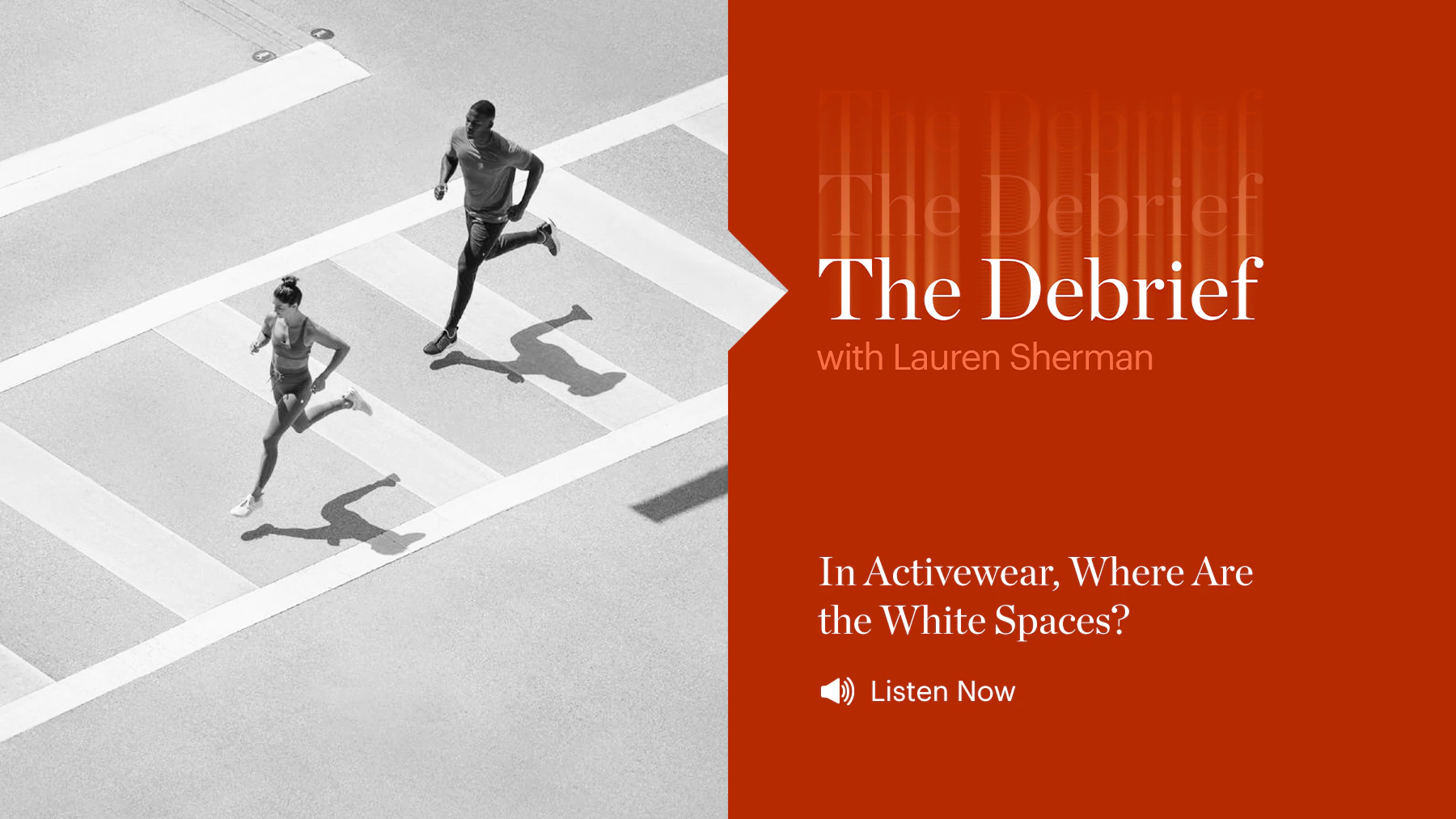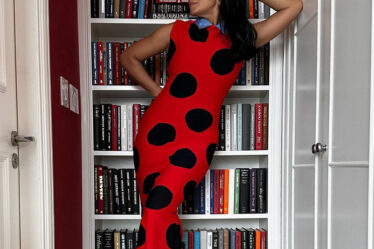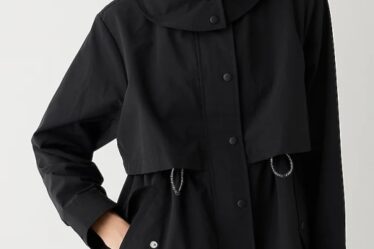
Follow The Debrief wherever you listen to podcasts.
Background:
Two decades ago, Lululemon built its brand around yoga — then considered a counter-culture sport. Today, the company a $6 billion business that makes products for sports ranging from running to swimming and tennis, becoming a model for upstarts that are hoping to grab market share from global incumbents like Nike and Adidas. Now, as sports like pickleball, padel and skiing are gaining traction, there’s yet another opportunity for start-ups to disrupt the activewear market.
“If you go niche and focus on a very specific customer base with a very specific niche following, that might be a better way to crack activewear as opposed to selling everything for the masses — then you’re going head to head with Lululemon and Nike,” said BoF’s Chavie Lieber.
Key Insights:
- Instead of going after the activewear space in general, brands are zeroing in on underrepresented groups or grabbing attention with differentiated products and price points.
- A few brands, like Gymshark and District Vision, have succeeded by identifying, and putting themselves at the centre of, strong communities.
- The activewear market represents a massive opportunity for brands: global sportswear is expected to grow to $395 billion by 2025, at an annual rate of between 8 to 10 percent, according to McKinsey.
- Brands are tapping into consumers’ desire to look good while playing sports such as pickleball, rugby and boxing. They are poised to benefit from buzz surrounding events like the 2028 Olympics and the Rugby World Cup 2031 and 2033.
- Skiwear exploded last winter: Matchesfashion’s sales of men’s skiwear were up 30 percent, while Farfetch stocked 190 percent more skiwear this year. Luxury brands, specifically, are capitalising on the trend by selling statement pieces, including goggles and branded skis.
Additional resources:
- The Hunt for Activewear’s Next Big Category: Luxury brands and start-ups are betting on the growth of pickleball, padel, rugby, boxing and skiing to inspire new interest in sportswear.
- Activewear’s Biggest Disruptors: Breaking into the $384 billion sports apparel market is no easy task, but fast-growing start-ups are stealing market share by creating specialised, fashion-forward products around underserved interests.
- The Race to Develop the Best Sports Bra: Brands like Adidas and Gymshark are pouring resources into updating sports bras, a product they see as crucial to winning over female customers.


![Olivia Wilde is seen in Los Angeles, California. 09 Feb 2023 Pictured: Olivia Wilde. Photo credit: BG020/Bauergriffin.com / MEGA TheMegaAgency.com +1 888 505 6342 (Mega Agency TagID: MEGA941089_008.jpg) [Photo via Mega Agency]](https://fashnfly.com/wp-content/uploads/2023/02/Olivia-Wilde-Updates-Atheisure-Style-With-Tied-Shirt-Adidas-374x249.jpg)
